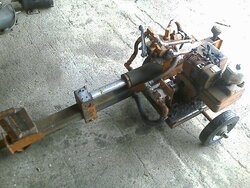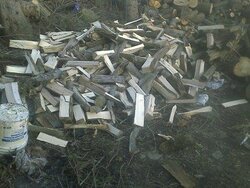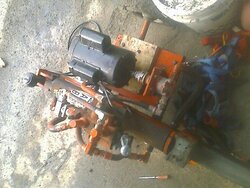- Oct 3, 2007
- 1,539
I've been looking at splitters lately and I've seen everything from 8 to 35 ton ratings as well as everything in between. Obviously there's a big price difference between the 8 ton and the 30 ton, so just how much force do I need? I'm a scrounger so I get whatever I can-no particular type or size of wood. I'm guessing that an 8 ton might not be enough and a 30 ton might be overkill-should I just aim for the middle?




